Junkyard Gem: 1964 Chevrolet C20 Fleetside
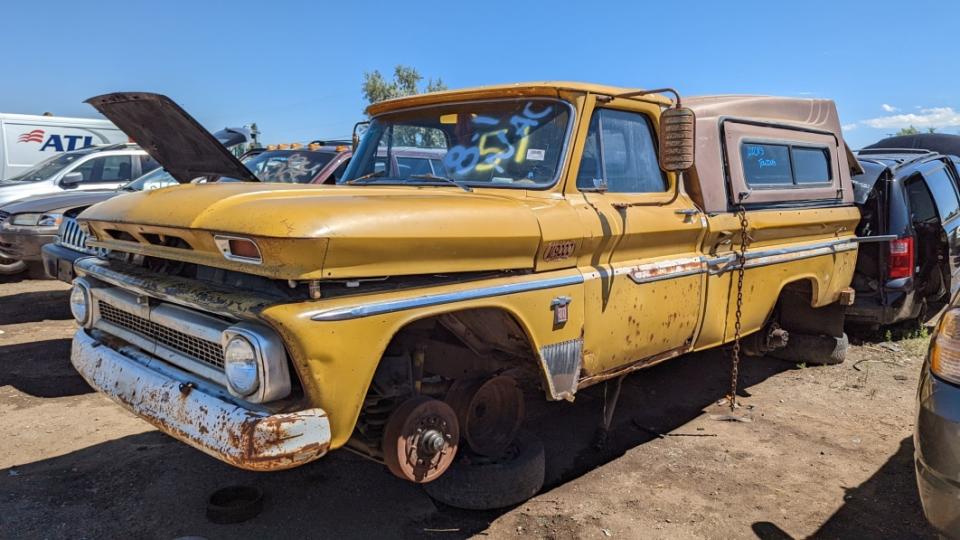
Back in the middle 1960s, when pickups weren't used (much) as suburban commuters, Detroit (and the other Midwestern automakers) offered a huge selection of tough and not-at-all-luxurious trucks in the half-ton-through-one-ton range. Ford had the F-Series, Chrysler had the Dodge D-Series, International Harvester had the A Line, Jeep had the Gladiator, and GM had the Chevrolet/GMC C-Series. Here's an example of The General's three-quarter-ton pickup for 1964, found in a yard near Denver, Colo., after a 58-year career.
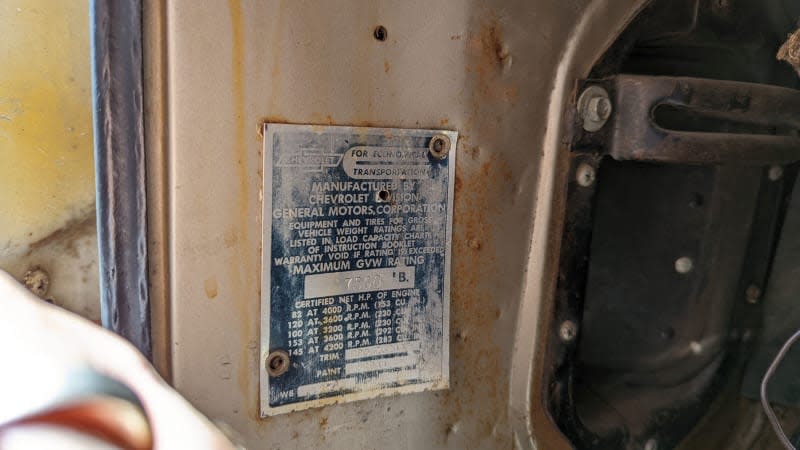
The build tag shows that it's a 127-inch wheelbase model with 8-foot bed and the "Cab with Custom Options" such as "full-depth foam cushion" seat, passenger-side door lock, a driver's armrest and a cigarette lighter. That option package maxed out the comfort in this truck's cab.
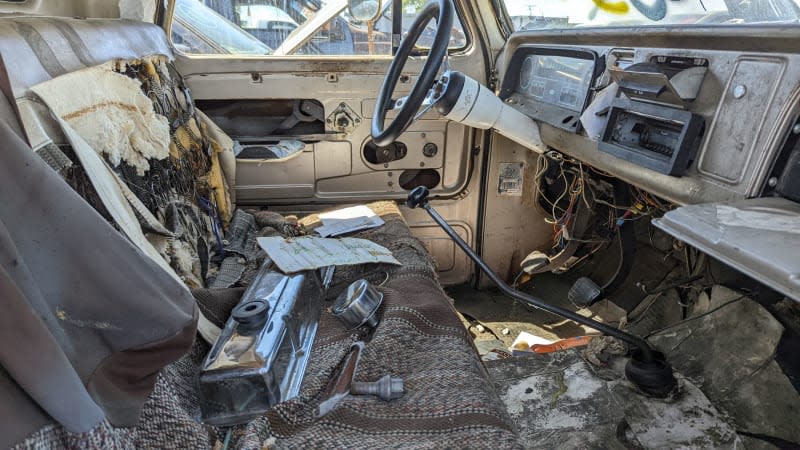
A person who had only been inside 21st-century Chevrolet pickups would find this allegedly upgraded cab intolerably cramped, noisy and harsh, even in perfect original condition. Truck owners were made of tougher stuff in 1964.

I was puzzled about these "U.9000" stickers, which were decorated with pinstripe stickers to make them look nicer. Turns out the State of Utah (next door to Colorado) once required commercial light trucks to display such labels to indicate weight capacity. U.6000 stickers went on half-ton trucks, while this type went on the three-quarter-tonners. This regulation was in effect from the 1960s through the 1980s. You can still buy these stickers as new old stock today.
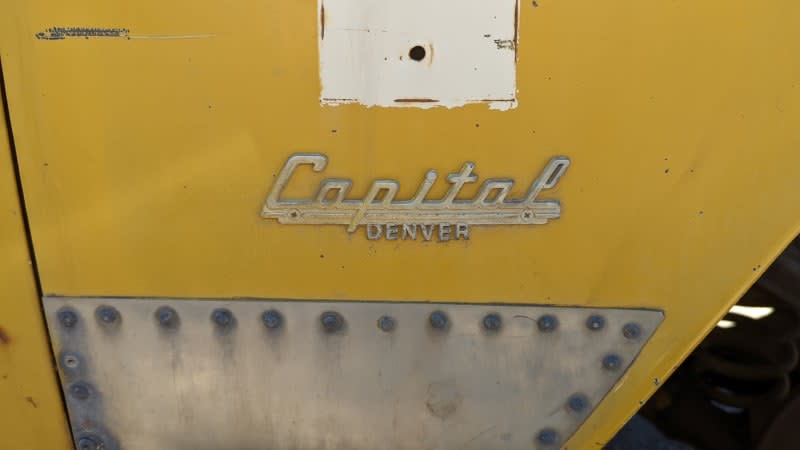
Capitol Chevrolet was located on the site of the old Botterill Hudson Essex dealership in downtown Denver, just a block from the state capitol. It appears to have closed down (or moved a few miles south on Broadway and undergone a name change) at some point around 1967.
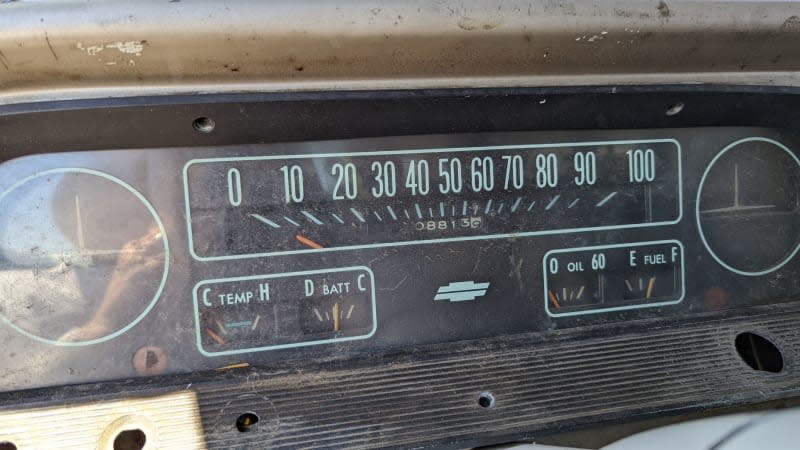
So it spent some (and probably most) of its life as a work truck. The odometer shows 8,813 miles, but I'd wager that the true mileage is more like 808,813 miles.
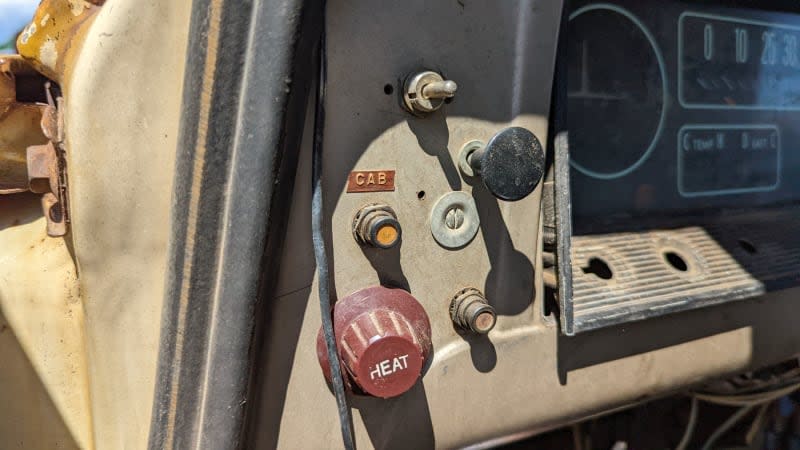
As switches and controls failed, they were replaced with whatever happened to be on hand in the shop that day.
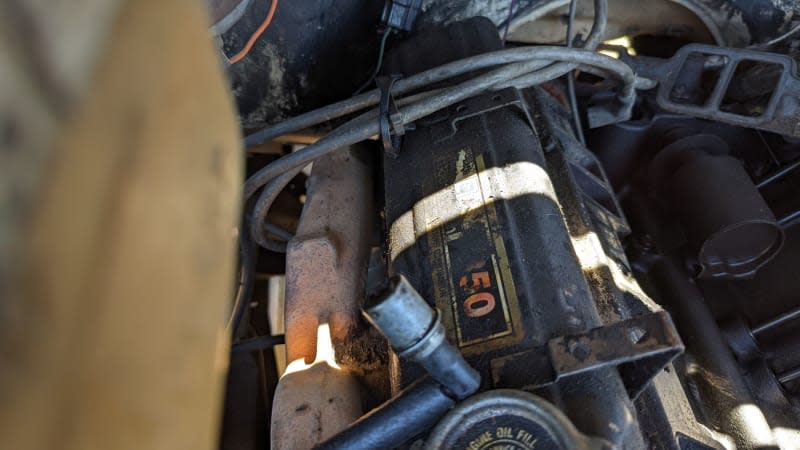
The chances that a truck like this would still have the original engine are about nil. There's a Goodwrench 350 small-block crate engine under the hood now, and it's likely the fifth or sixth powerplant that has lived in this engine bay. Since it's not a Mr. Goodwrench engine, it was built after GM dropped the honorific in 1997. In 2010, the Goodwrench name got axed and became GM Certified Service.
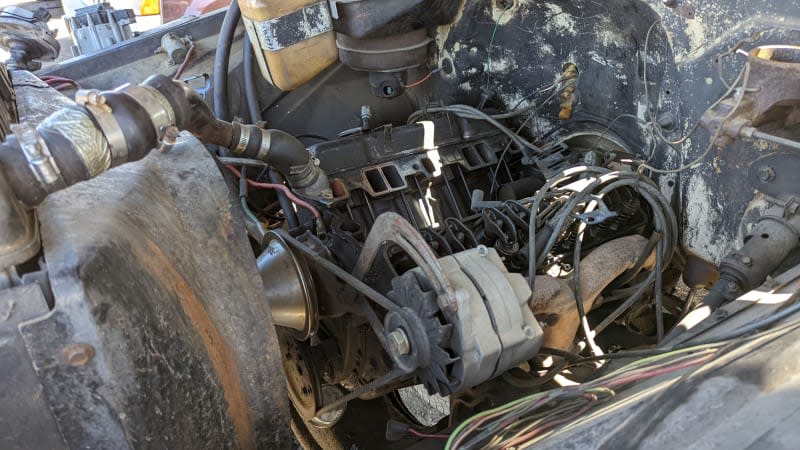
The build tag doesn't specify the original engine that lived here when LBJ was in the White House, but it could have been one of two high-torque straight-sixes (the base engine was a 230-cubic-inch version with 220 pound-feet, and the optional six was a 292 with 275 pound-feet) or a 283-cubic-inch small-block V8.

 Yahoo Autos
Yahoo Autos 
